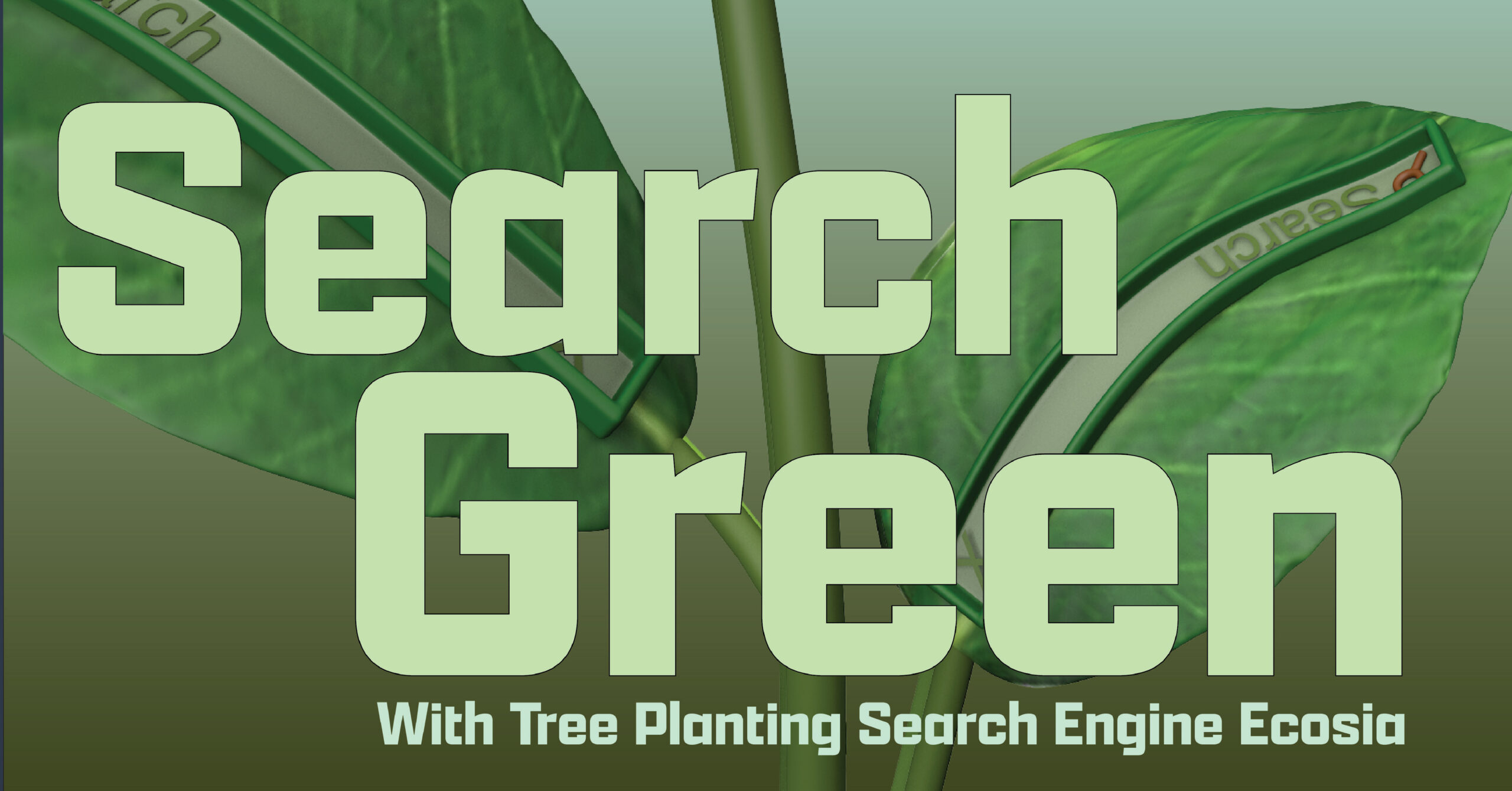Designing A Wired Magazine Cover about the Green Search Engine: Ecosia
The Guidelines
For this assignment, we were required to design a magazine cover based on a topic that we would research. We would make the assets for the cover using a 3D modeling program, Cinema 4D. The first portion of this case study details the conceptualizing process for this project.
Choosing a Concept
I began by researching and choosing a topic. Once my topic was chosen, I needed to understand my target audience and their needs. I used the information that I had learned to begin iterating on my potential magazine cover designs.
What is Ecosia?
Ecosia is a search engine focused on improving the world by using solar panels to power their search engine. Ecosia also uses the money it makes from users and advertisements to sustainably plant trees around the world.

Audience and Inspiration
Audience:
The target audience is a 20-something who cares about the environment but does not have a lot of money to contribute to the cause.
Inspiration:
I drew inspiration form already existing 3D model based magazine covers for my layout.
Problems and Solutions
Problems:
My initial challenge with this project was attempting to conceptualize how I wanted the cover to look and what I was going to model.
Solutions:
I iterated several different designs with varying ideas for a potential 3D model. Then I took feedback from my peers and my professors to finalize an idea.
Concept Development
I had a difficult time trying to design a way to convey what Ecosia is in a single image. below are some of my initial sketches. I liked the idea of trying to create the leaves of the tree out of search bars.
Initial Sketches
Layouts, Colors, and Typography
After continuing to experiment more, I finalized 5 sketches and began placing them in potential layouts. I chose the typography and color scheme for each potential layout. After considering feedback, I decided to model the three search bar leaves.
3D Modeling
Modeling Prototypes
Final Model
With the model fully built, I added a leaf texture to the leaves and some colors to the other assets. I also added two lights to the scene. I rendered the 3D model against a white backdrop which I removed in Photoshop.
Final Magazine Cover
Once my model was completely finished, I took it into Photoshop so I could remove the white background. I decided to a gradient as a backdrop and paired it with a green version of the official Wired header. I incorporated my original headline from my initial sketched into my final design. I added the subhead, “With Tree Planting Search Engine Ecosia” at the bottom of the cover. Finally, I needed to fill in the blank space on the right side of the cover. To fill the space, I wanted to include additional article names. I decided to reference a few of my classmate’s projects by including their headlines in my cover.
Final Conclusion
Overall, I enjoyed working on the later stages of this project. I enjoyed 3D modeling my concept and bringing it into reality. I am very proud of how the final model and magazine cover turned out.

















